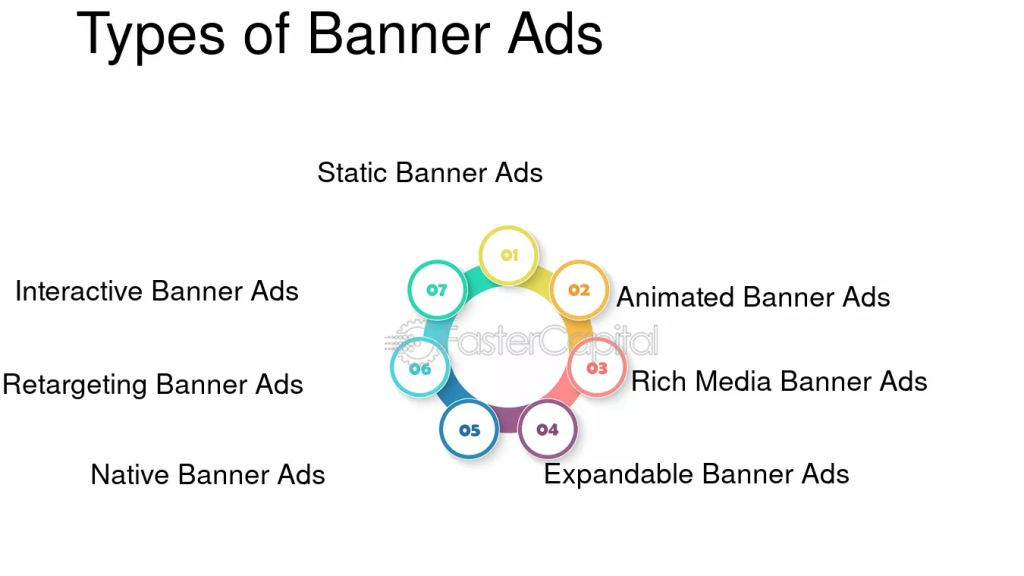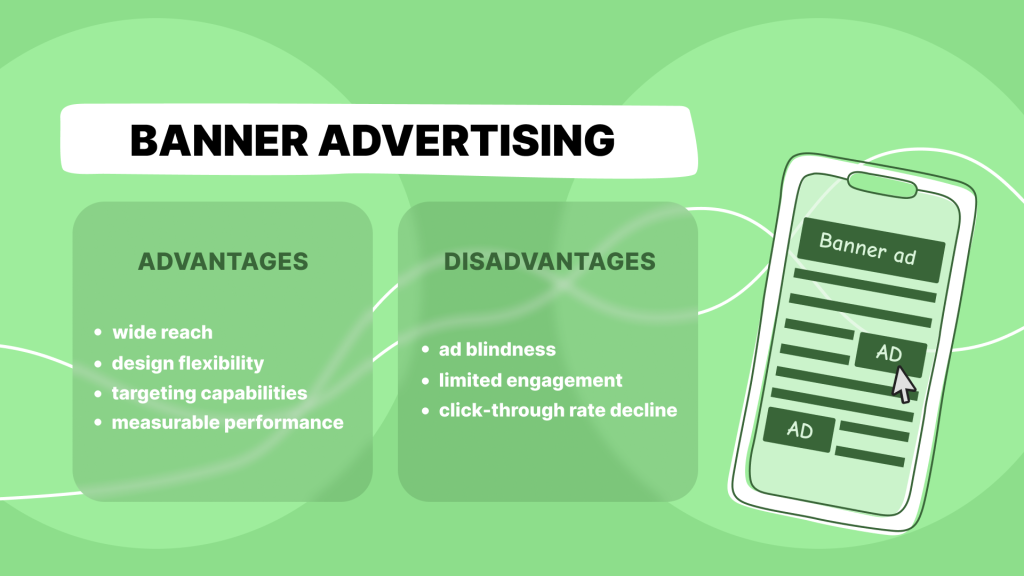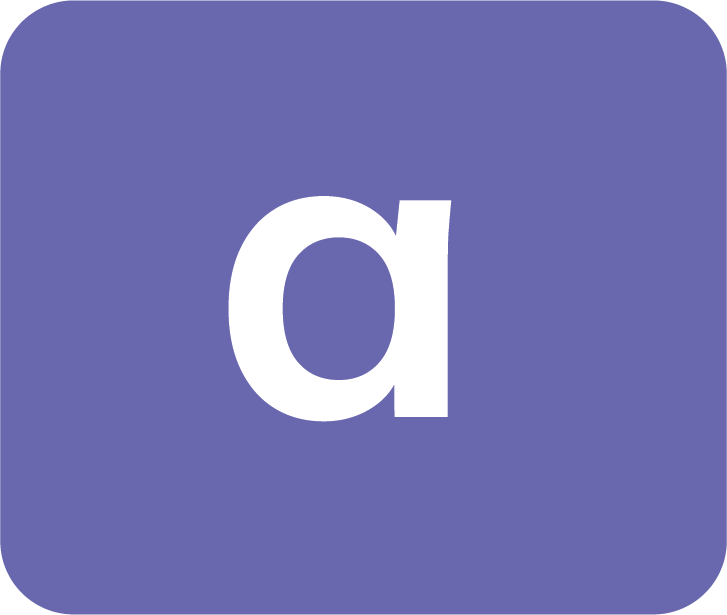Introduction of Banner ADs
Banner ads are a type of online advertising typically displayed in rectangular or square formats on websites, blogs, or social media platforms. They are designed to attract the viewer’s attention with visuals (images, graphics, or animations) and a brief message or call to action (CTA). The goal is to promote a product, service, or offer and encourage users to click on the ad to take a desired action, such as visiting a website, signing up, or making a purchase.
These ads are an important tool for online marketing, used to increase brand awareness, drive traffic, or promote specific products or services.
Types of Banner Ads:

Static Banner Ads: Simple images or graphics with no movement.
Animated Banner Ads: Contain animation to grab attention, usually through gifs or short videos.
Interactive Banner Ads: Allow users to interact with the ad (e.g., filling out a form, playing a game, etc.).
Key Characteristics of Banner Ads:
Visual Elements: Includes images, graphics, animations, or videos.
Text: A catchy headline and brief copy to explain the offer.
Call to Action (CTA): A prompt encouraging users to click, such as “Learn More,” “Shop Now,” or “Sign Up.”
Placement: Banner ads can be placed at the top, bottom, or side of a webpage, and they can be static or dynamic (e.g., rotating ads or interactive).
Advantages and Disadvantages:

Advantages
High Visibility:
Banner ads are highly visible on websites, especially when placed in strategic locations (like the top, sides, or within content).
They can reach a wide audience if displayed on high-traffic websites.
Brand Awareness:
They help increase brand recognition, especially if they feature strong visuals and clear messaging.
They are an effective way to make your brand known to new potential customers.
Targeted Marketing:
With tools like Google Ads and other ad platforms, you can target banner ads to specific audiences based on demographics, interests, behavior, and more, making your campaigns more effective.
Cost-Effective (depending on the campaign):
Compared to traditional advertising, they are often more affordable, especially when using cost-per-click (CPC) or cost-per-impression (CPM) models.
Customizable and Flexible:
They come in various formats (static, animated, interactive) and sizes, offering flexibility in design and targeting.
They can be easily modified or updated for different campaigns or special offers.
Measurable Results:
They provide detailed analytics (e.g., impressions, clicks, conversion rates) to measure effectiveness and optimize future campaigns.
Disadvantages of Banner Ads:
Ad Blindness:
Users have become accustomed to these advertisements and may ignore them or “tune them out” (called “banner blindness”), especially if they are too frequent or repetitive.
Over time, people may stop noticing or engaging with banner ads altogether.
Low Click-Through Rates (CTR):
They often have lower CTR compared to other forms of advertising, like search advertising, because users may be less likely to click on them unless they are highly relevant or appealing.
Ad Fatigue:
If viewers see the same banner ads too often, they may experience ad fatigue and become annoyed, which could lead to a negative perception of your brand.
Can Be Intrusive:
Some banner ads (especially pop-ups or auto-play videos) can disrupt the user experience, leading to frustration or a negative impression of your brand.
Ad Blocking:
A growing number of internet users install ad-blocking software to avoid seeing those ads, which can significantly reduce the effectiveness of your campaign.
Limited Engagement:
They are typically static or minimally interactive, offering less engagement than more dynamic content like videos or social media advertising like Facebook, Instagram, Twitter, etc.
Best Practices for Creating Effective Banner Ads
Keep It Simple:
Focus on one clear message and avoid clutter. Too much text or too many visuals can confuse the viewer.
Use High-Quality Visuals:
Use professional images and graphics. Pixelated or poorly designed ads will reflect poorly on your brand.
Mobile Optimization:
Many users access content through mobile devices. Ensure your ads are responsive, meaning they adapt to different screen sizes for mobile, tablet, and desktop.
Test & Optimize:
Conduct A/B testing to see which banner designs, messages, and CTAs work best for your target audience. Small changes, like adjusting the CTA text or changing colors, can have a big impact on performance.
Avoid Overwhelming Users:
Too many banner ads on the same page can annoy users. Balance the ad frequency to avoid “ad fatigue” or “banner blindness.
Conclusion
Banner ads remain a staple of online advertising, offering a visually impactful way to engage users. However, to truly succeed with these ads, it’s essential to make them visually appealing, relevant, and strategically placed. Also, as digital advertising evolves, leveraging advanced targeting, personalization, and interactive elements will help you stay ahead of the competition and maximize the effectiveness of your banner campaigns.
.
CLICK HERE to learn how to create and optimize effective Banner Ad Campaign in Adsaro.
READ OUR OTHER BLOGS:








Leave a Reply